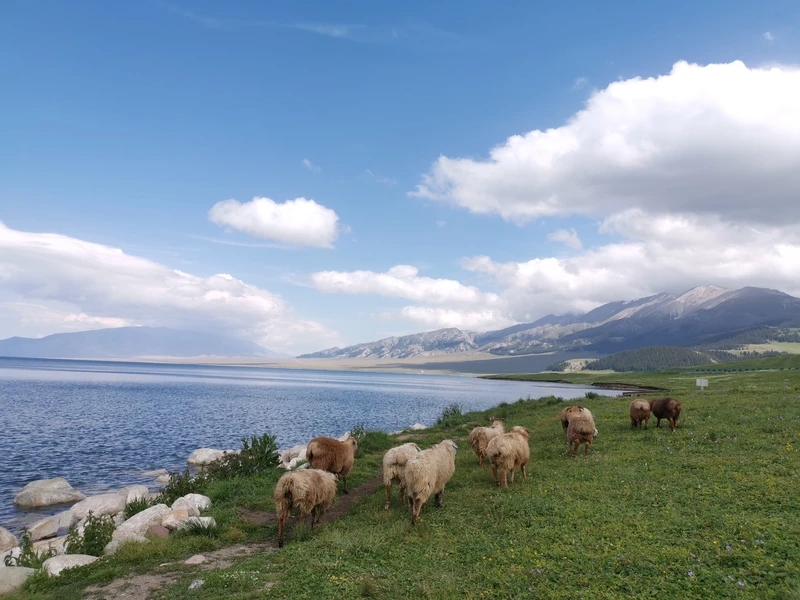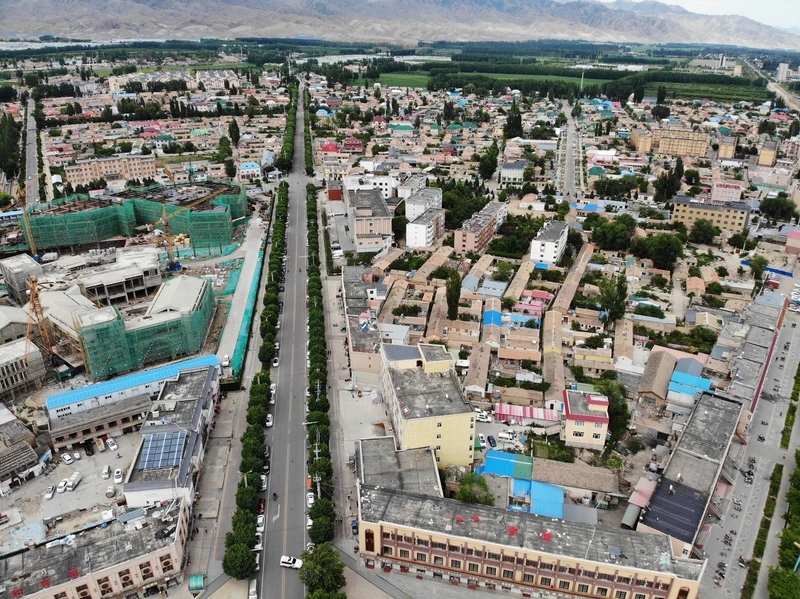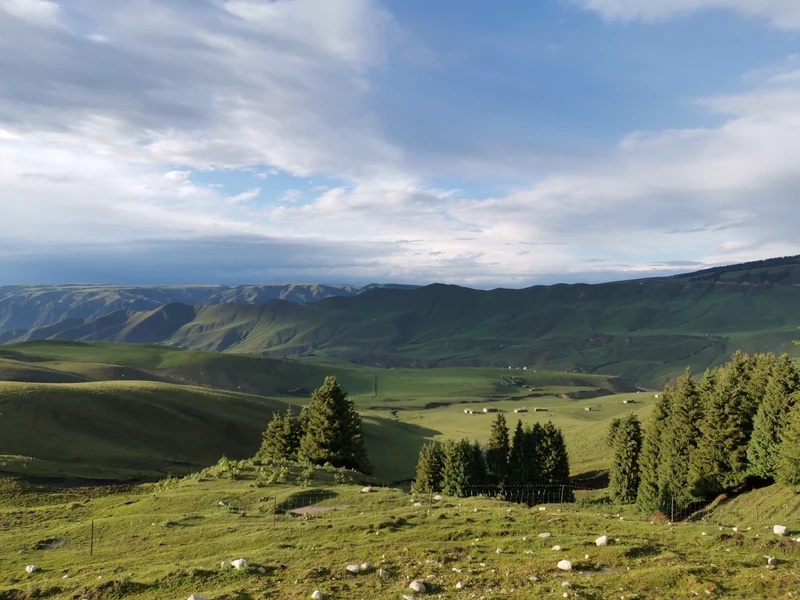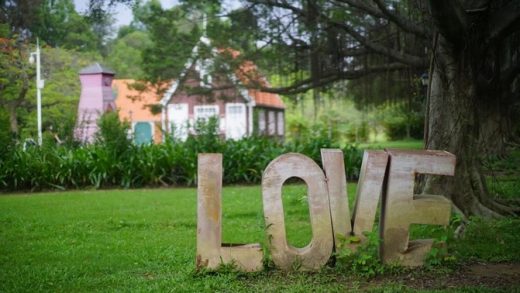
A 11-Day Journey Through the Wonders of Xinjiang
Hey there, fellow travelers! I’m thrilled to share with you my incredible 11-day journey through Xinjiang, a land of breathtaking natural beauty, rich cultural heritage, and warm hospitality. Join me as we explore the highlights of this unforgettable adventure!
General Information
- Duration: 11 days
- Time: June
- Cost per person: Approximately 7000 yuan
- Companion: Friends
Xinjiang, located in the far northwest of China and the heart of the Eurasian continent, is a place that truly captures the imagination. With a land border stretching over 5600 kilometers and neighboring eight countries, it was an important passage on the ancient Silk Road. Once you visit Xinjiang, you’ll understand why people say it’s addictive. It covers one-sixth of China’s territory, equivalent to 124 times the size of Shanghai. Here, you can find a diverse range of natural landscapes, including deserts, grasslands, snow-capped mountains, lakes, canyons, and unique Yadan landforms, as well as rich cultural and historical sites like the mysterious Lop Nur and the ancient Loulan Kingdom.

Itinerary
June 17: Shanghai – Urumqi – Jinghe County
Our journey began as we flew from Shanghai to Urumqi and then headed to Jinghe County, setting the stage for the adventures to come.
June 18: Jinghe County – Sayram Lake – Guozigou – Khorgas
Sayram Lake
Sayram Lake, located in the Bortala Mongol Autonomous Prefecture, is a must-visit destination in Xinjiang. It’s the highest, largest, and most scenic alpine lake in the region, and it’s often referred to as “the last teardrop of the Atlantic” because it’s the final stop for the warm and moist Atlantic air currents. Every corner of the lake is painted with the most beautiful colors by nature, making it stand out among countless other scenic spots. The lake’s unique blue color, as if someone had poured blue dye directly into the water, shines like a precious gem. It’s so pure and magnificent, and its shade changes with the sunlight, leaving a deep impression on everyone who visits. The lake’s water mainly comes from atmospheric precipitation and mountain runoff, and with an annual precipitation of over 500 millimeters around the lake area. Its main water loss is through evaporation and a small amount of seepage, which makes it one of the lakes with the highest transparency in China. As we strolled along the lake, we were treated to a series of stunning views. We saw a pair of newlyweds taking wedding photos, a dream I share of bringing my loved one to such a beautiful place. The scenery of the mountains reflecting in the lake, and the clear water where you could see the fish swimming and the pebbles on the bottom, was truly a sight to behold.
Guozigou
As we entered Yili, we passed through Guozigou. Now, it has become a commercial area with an entrance fee. The Guozigou Bridge is a remarkable engineering feat. It’s the first cable-stayed bridge and the highest bridge in Xinjiang, as well as the largest and most important one in the region. With its twin towers standing tall, giant cables slanting, and the bridge soaring across the sky, winding like a rainbow, it’s an architectural wonder. And in the distance, we could still see the snow on the mountain tops.
Khorgas
In Khorgas, we visited Xiaoma Barbecue, a place that holds many wonderful memories.
June 19: Khorgas – Tekes
Tekes – The八卦City
Tekes County in the Ili Kazakh Autonomous Prefecture is truly a remarkable place. Its layout is based on the Bagua (Eight Trigrams) from the I Ching, with streets radiating out in a circular pattern, creating a magical maze where every road is connected. It’s the world’s largest and best-preserved Bagua city, despite having a history of only about eighty years. Situated in the upper reaches of the Ili River, known as the Tekes River Valley, with the majestic Tianshan Mountains to the south and north and the Tekes River providing abundant water, Tekes is a fertile place with rich grassland resources and a thriving livestock industry. It’s also the place where Taoism spread the farthest, was once the site of the Wusun Kingdom, and is the only place in China without fixed traffic lights. It’s a place with a wealth of tourism resources. As we explored the city, we visited the center and walked along the eight main streets named after the eight trigrams. We also had the opportunity to visit a Uyghur uncle’s house near the Tekes toll station. We experienced their local customs, visited their courtyard, and tasted their delicious food. The two old people were so kind, friendly, and left a deep impression on us. At night, the city center prohibits motor vehicles, and we took a leisurely stroll around the main building. The night view of the Bagua city was truly enchanting.
June 20: Tekes – Qiongkushitai – Tekes
Qiongkushitai Village
In June, Qiongkushitai is a paradise on earth. The rolling mountains, sparse grasslands, and forests blend together, creating a beautiful picture with the blue sky, white clouds, and snow-capped mountains in the distance. The village is filled with wooden houses, some of which are over 100 years old, adding a touch of history and charm. As we walked through the village, we saw cows grazing under the trees, and the gentle mooing of the cows in the distance made us feel like we were in a fairy tale. The air here is so fresh, and the trees seem to have more vitality than those in the city. It’s a secluded paradise away from the hustle and bustle of the world. Most of the villagers are Kazakhs, and they are so kind and friendly. The children are also very talented in singing and dancing. As the smoke from the chimneys rose, the village in the early morning, with the backdrop of the grassland, forest, and mountains, was like a dream come true. Although it’s hidden deep in the mountains and not well-known, it’s a place that’s truly worth visiting.
June 21: Tekes – Kurdun – Gongliu
Kurdun
Kurdun Scenic Area is located in the southeast mountainous area of Gongliu County, Yili. It’s only about a two-hour drive from the county seat. At an altitude of 1500 meters, it’s a hidden gem in the Tianshan Mountains, known as the most beautiful green valley in the Tianshan and the hometown of the snow-capped spruce. In summer, the area is surrounded by green mountains, with winding rivers and streams. The grasslands and forests are intertwined, and the deep canyons and wide valleys are scattered. The morning mist adds a touch of mystery to the already beautiful scenery. It has the largest primitive spruce forest in China, with spruce trees standing tall and straight, climbing up the slopes and stretching as far as the eye can see. We saw cows and sheep grazing quietly, and herdsmen riding their horses. In the depths of the grassland, there were houses hidden among the trees, with yurts dotted here and there and smoke rising from the chimneys. It was like a dreamy world, and for those of us living in the city for a long time, it was not only a place we yearned for but also a journey that touched our hearts.
June 22: Gongliu – Xinyuan – Tangbula – Qiaoerma
Tangbula – The Hundred – Mile Gallery
Tangbula Grassland in Nileke County is one of the five most famous grasslands in Yili and one of the four most beautiful grasslands in Asia. It’s known as the “Hundred – Mile Gallery” and the “Natural Gallery.” The name “Tangbula” in Kazakh means “seal.” Here, the blue sky, white clouds, green grass, flowing springs, gurgling streams, dense spruce forests, and snow-capped mountains reflecting in the water create a beautiful and ever – changing landscape. Every step we took was like walking through a painting. We met a kind herdsman who invited us to his yurt last year. This time, we went to visit him again to show our gratitude. We enjoyed some delicious snacks before the main meal and watched as he cooked a delicious meal of potatoes and mutton. We also interacted with the local people, including a beautiful little girl and a cute little boy from the neighboring ranch. It was a great opportunity to experience the simple, honest, and warm – hearted nature of the Kazakhs.
Qiaoerma
Near Qiaoerma, we visited the Qiaoerma Revolutionary Martyrs Cemetery, which was built to commemorate the 168 revolutionary martyrs who sacrificed their lives while building the Duku Highway. It’s a place that makes us remember the heroes and the sacrifices they made.
June 23: Qiaoerma – Duku Highway – Bayanbulak – Kuqa
Duku Highway
The Duku Highway, also known as the section of National Highway 217 from Dushanzi to Kuqa, is a magnificent road. It runs through the Tianshan Mountains, connecting the north and south of Xinjiang. With more than half of its length crossing high mountains and deep valleys and connecting many ethnic minority areas, it was selected by “China National Geographic” as the “Landscape Avenue Running Through the Backbone of the Tianshan Mountains.” It’s only open for five months a year. As we drove along the highway, we were treated to a series of spectacular views of the mountains, valleys, and rivers.
Bayanbulak
Although not described in great detail in the original text, Bayanbulak is known for its vast grasslands and beautiful scenery, and it’s an important stop on our journey.
Kuqa
Kuqa, formerly known as Qiuci, was an important town on the Silk Road. It has a long history and a rich cultural heritage. It was the center of the ancient Qiuci Kingdom, which included areas like Baicheng, Xinge, and Shaya. Here, we explored the Kuqa Grand Canyon, with its magnificent Yadan landforms. The city is also full of cultural and historical sites. We walked along the Kuqa Restan Road, a street with strong ethnic characteristics, and saw the unique Uyghur architecture. We visited the Qiuci Ancient Ferry, which was an important pass on the Silk Road more than two thousand years ago. The Aksu Kuqa Grand Mosque is a significant religious site for Muslims in the area. It’s the second – largest mosque in Xinjiang after the Id Kah Mosque in Kashgar. We also saw the Keheidun Beacon Tower, which dates back to the Tang Dynasty, although only the lower part remains.
June 24: Kuqa – Kuqa Royal Mansion – Kuqa Old Street – Kuqa Mosque – Zhejiang Commercial Area
We continued to explore the cultural and historical attractions in Kuqa. The Kuqa Royal Mansion is a place that showcases the history and culture of the local royal family. The old street is full of the charm of the past, with its traditional architecture and bustling markets.
June 25: Kuqa Hotel – Nucleic Acid Test
Due to the pandemic, we had to take a nucleic acid test at the hotel in Kuqa.
June 26: Kuqa – Kizil Grottoes – Aksu Airport – Urumqi
Kizil Grottoes
The Kizil Grottoes in Baicheng are a precious cultural heritage. They were built from the Eastern Han Dynasty to the end of the Tang Dynasty. Although many of the large Buddha statues have been destroyed, and a large number of beautiful murals were looted by Western explorers in the late 19th and early 20th centuries, the remaining murals still show the high – level artistry and cultural influence of the ancient Qiuci Kingdom. These murals are a combination of Han culture and foreign cultural art, and they are a testament to the wisdom of the ancient Qiuci painters. After visiting the grottoes, we headed to Aksu Airport and then flew back to Urumqi.
June 27: Urumqi – Shanghai
Our amazing journey in Xinjiang came to an end as we flew back to Shanghai. But the memories and experiences will stay with us forever.

Conclusion
Traveling is not just about having a lot of money; it’s about not having any regrets when we get old. The beautiful scenery will always be there, but our youthful spirit will fade away. So, while we are still young, let’s put aside everything, set out bravely, and take our hearts on a journey. Let’s enjoy the beauty of nature, relax our minds, and broaden our horizons. I hope this travel sharing will inspire you to explore the wonders of Xinjiang and create your own unforgettable memories!
So, what are you waiting for? Pack your bags and embark on your own adventure in Xinjiang!
- Startup Commentary”The Incomplete Evolution History of Bathing Centers”
- Startup Commentary”Starting from 358,800 yuan, Maserati Slashes Prices Drastically to Survive”
- Startup Commentary”Monopoly: Always the Best Business”
- Startup Commentary”A PE Giant Spent $6.6 Billion on a Crematorium”
- Startup Commentary”In a Low-Sports Year, Social Assets Still Hold Great Value”





